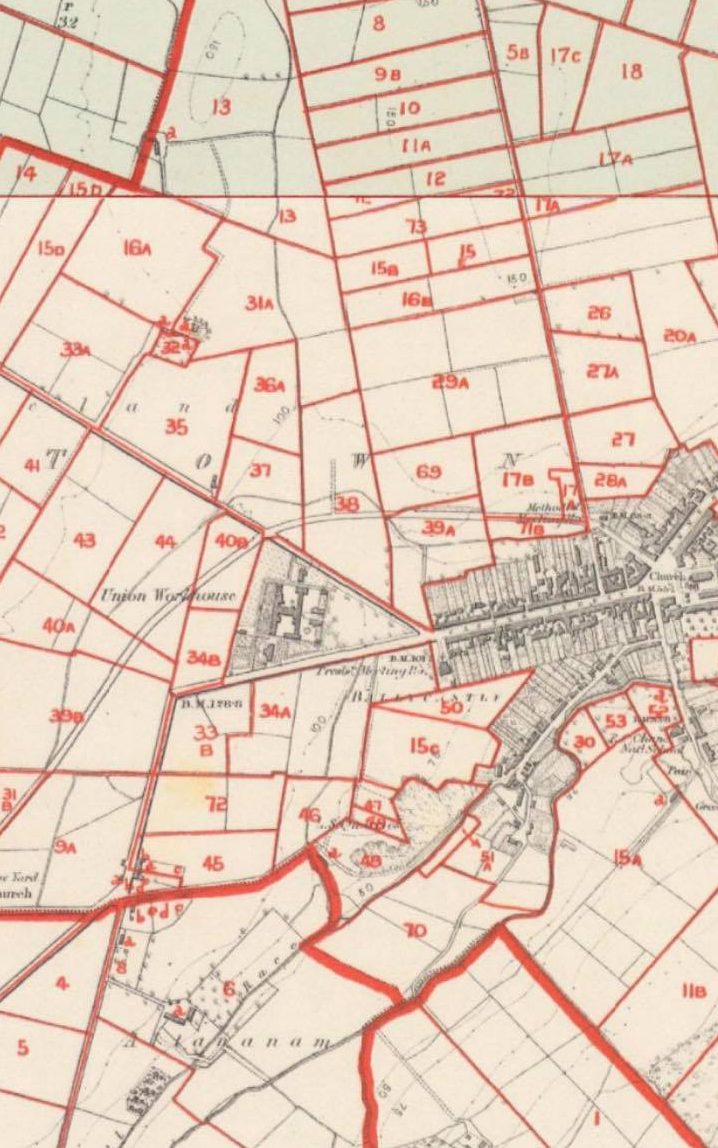The gate had BALLYCASTLE WORKHOUSE written forebodingly in iron. The workhouse buildings stood on 6 acres to the west of Ballycastle, half a mile from its bustling civic centre. The site entrance had two small buildings either side, one of which was used by the Guardians, and the other was a reception ward to quarantine the new admissions.

People were said to turn a blind eye away from the place as they hurried past on the adjacent road when coming or going from the town. Aside from sightings of the master walking a swarm of schoolboys to take the salt water in June, people were not reminded of the workhouse and they preferred it that way. Even as a topic of conversation it was avoided, lest a similar fate befall the gossiper.
Epidemics of disease washed through the workhouse population frequently, but a recent outbreak of whooping cough in the boys’ quarter had been cause for alarm. Two of the boys affected succumbed within days of each other after labouring in isolation with the 100-days-cough. Orders had been given for the boys’ removal to the Gortconny burial site due to the contagion of their disease and owing to the fact that no relatives could be found to pay for a decent burial.
In a letter to the Governors, the Catholic chaplain had requested that the remains of Catholic inmates be swaddled in blue cloth, as opposed to burlap, so that they might be received by Saint Peter modestly dressed. The reply had been cordial – while efforts could be made there could be no guarantee, particularly since procuring blue cloth for the purpose would involve some expense – and beggars, after all, cannot be choosers.
Swaddled bodies would be carried by donkey and cart up the Rattlin Brae – so called because of the noise carts made as they were driven hard up the hill to create the impetus necessary to make it to the top.
The pauper’s burial site at Gortconny was a humble one – an acre, one rood and 20 perches. The entrance to it was marked by a pair of stone pillars upon which hung an iron gate burnished with rust and a small stone wall marked the perimeter. It wasn’t what one might expect – nothing more than a hole in the ground. It had been opened by one of the men from the Latch who cut the turf there in the summertime but it would be closed soon and another one opened in its place. The digging of a hole was an expense that had to be minimised, by order of the Guardians. It had been procured by the Board of Guardians for a small sum, and had been chosen because of its distance from town. There were no headstones, as these were seen as an unnecessary expense. The Gortconny burying ground was used up until the early 1860s. After this the unfortunates were buried at the graveyard at Bonamargy in the section known as the Poor Ground.
Roisin McGinn
